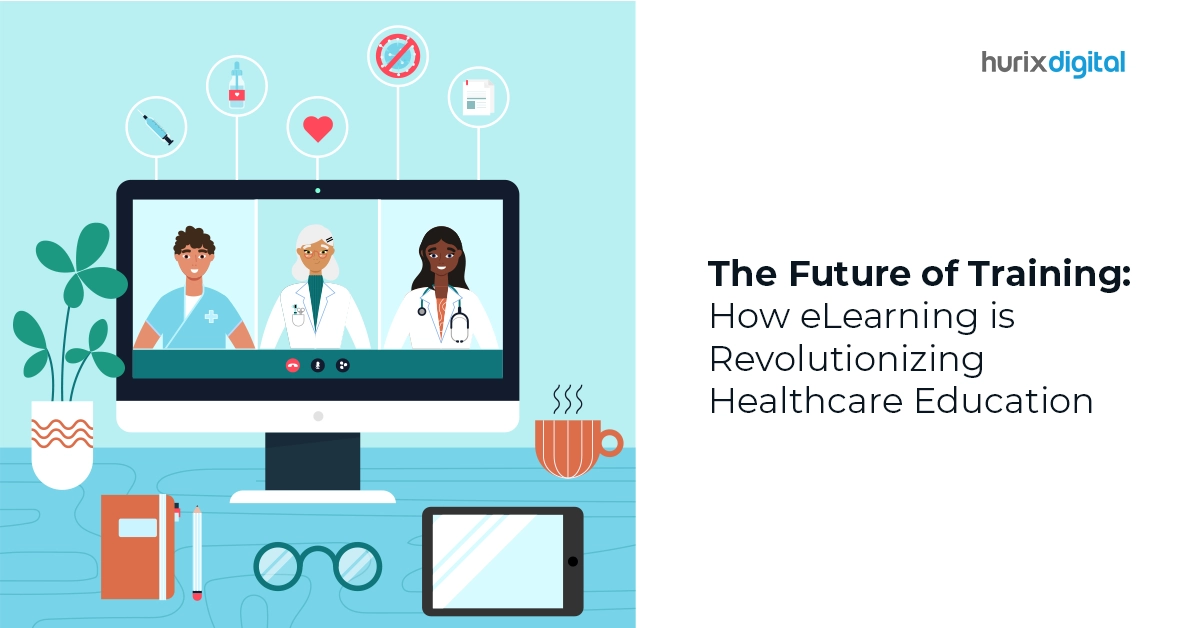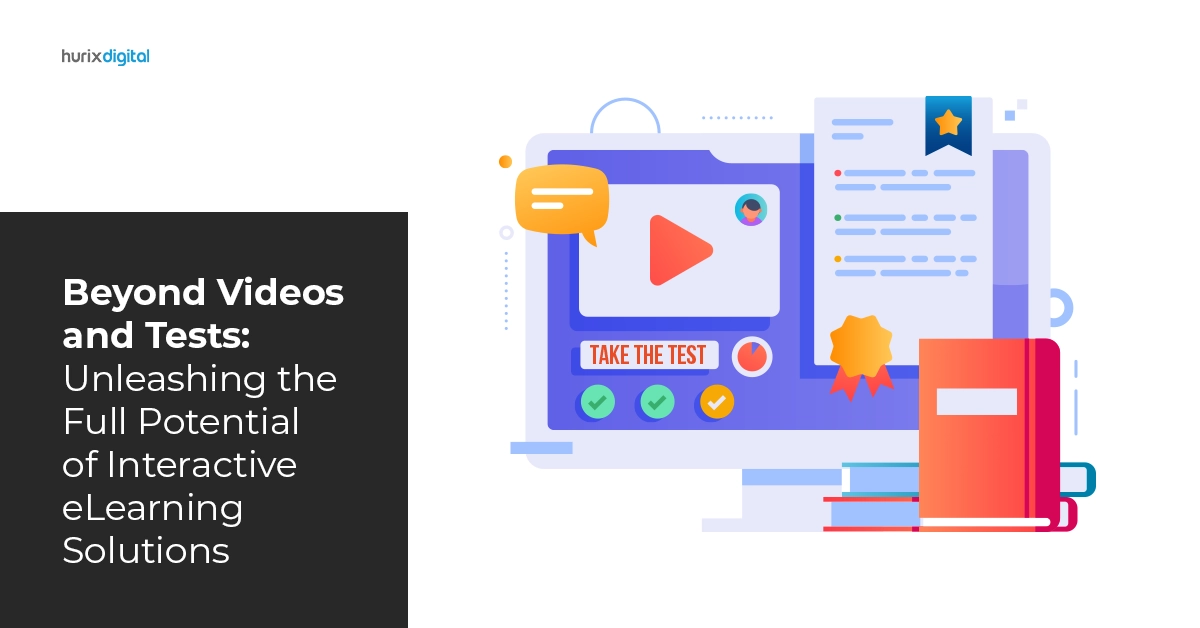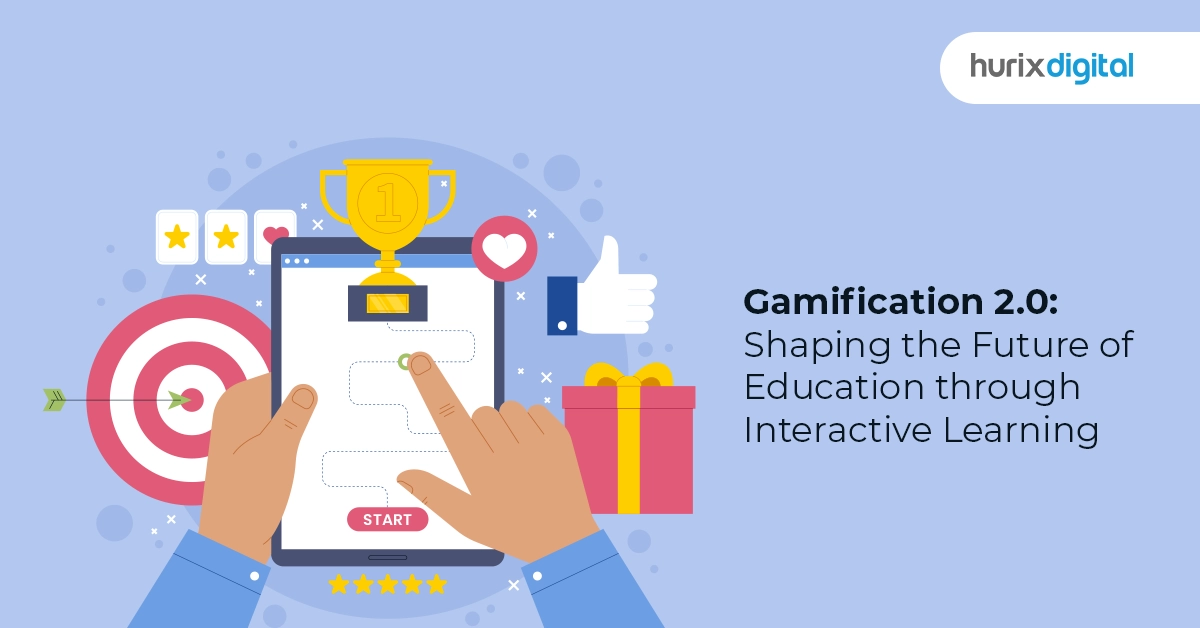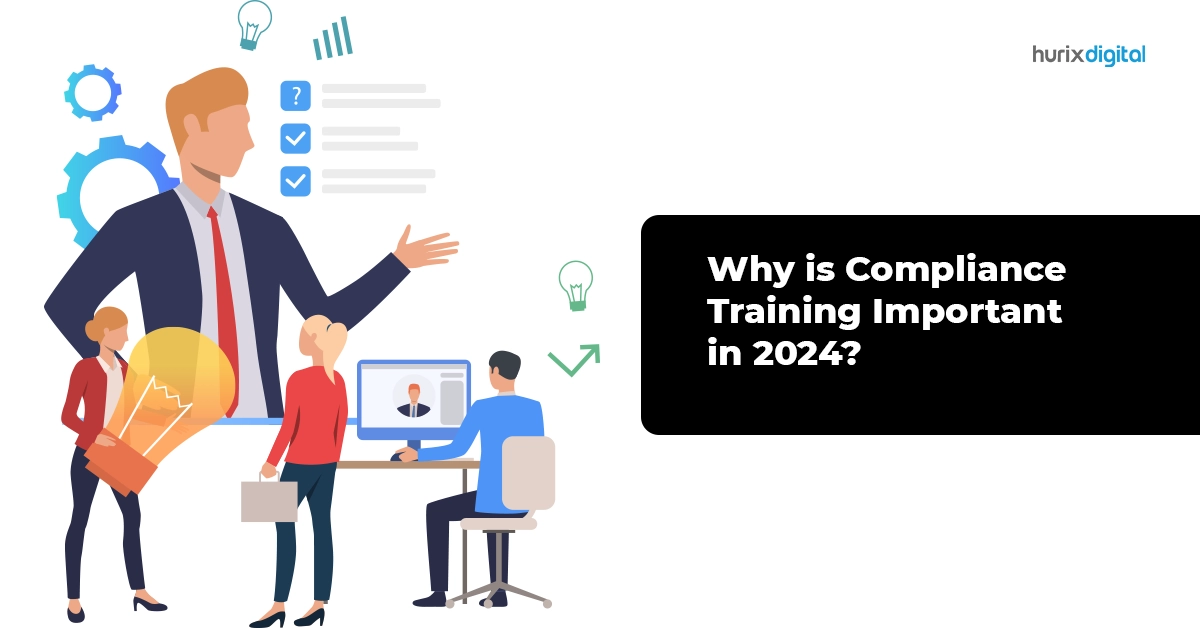eLearning is a form of teaching that uses electronic or web-based resources to impart learning. eLearning has several advantages- learners can learn at their own pace, anytime, and anywhere. Besides, they can access a complete range of learning resources, in addition to those provided by their organization, and interact with peers and communities across geographical boundaries. eLearning, thus, gives learners greater ownership of their learnings.
More and more businesses are adopting eLearning to supplement their education and training. However, before implementing any new technology or techniques, it is important to understand their best practices and elearning deisign techniques to derive maximum benefits.
Here in this article, we look at 10 eLearning design techniques for improved learner engagement:
- Keep it Short: eLearning is different from classroom learning. There is no fixed schedule for lessons and learners can access tutorials and modules when they have the time. Microlearning is a way to address the challenges of time and also prevent cognitive overload. With microlearning, you can break down lessons into small modules and impart information in small doses. Learners can fully absorb these short bursts of information at their own convenience before moving on to the next topic. Here’s how to implement microlearning in corporate training.
- Add Games: Gamification or game-based learning is another eLearning design technique used to impart knowledge. It adds an element of fun and entertainment and thus makes learning more engaging. Game-based learning consists of traditional game elements such as points and levels. Each level provides a challenge based on the learning goal, which the learners have to successfully overcome to gain some reward points and move to the next level. Gamification is a particularly rewarding eLearning design technique when it is in the form of a relatable story that gets the learners so involved that they soak up all the information without realizing that they are actually learning. Here’s a checklist on how to use gamification in corporate training
- Leverage Social Media: Your learners are most likely using social media platforms on a regular basis. Leverage social media to your advantage in your eLearning design strategy by providing link to your eLearning articles, videos or infographics, or by sharing tips and tricks. You can also post visual eLearning content such as images and graphics on social media.
- Add eLearning Video Demos: Video demos are a great way to let your learners see learning in action, for example, how to perform a particular task. By incorporating these brief videos in your eLearning design, you can walk your learners step-by-step through a process. They can thus mimic the action and improve their performance. These videos can also be used to showcase new products and services, for example, a presentation that highlights to your sales team the major advantages of the product which they have to showcase to their prospects. A major advantage of these demo videos is that they are easy to access – you can upload them on your social media handles or on YouTube and provide your learners access to the information exactly when they most want it. Here are 9 ways to create highly effective learning videos.
- Add eLearning Blogs at Regular Intervals: There is only so much that people can absorb before their minds shut Weekly blogs are a means to address this challenge of information overload – you can provide them additional information about a subject in short bursts after regular intervals. This will help to improve their knowledge retention. Post blogs frequently on your website and ask the learners to reflect on a particular topic or solve a challenging problem. The advantage is that they have a week to reflect, solve the problem and draw their own conclusions. So, blogs at regular intervals are a means to keep the learners engaged and hooked to a topic without drowning them with information at one go.
- Add Real-world Examples: Real-world examples bring out the connection between the topic and its practical implications. Thus, they showcase the benefits of learning the subject matter, a fact that evokes greater interest and greater engagement with the topic. Besides, these examples provide a complete visual representation of an idea or concept, or how a task is to be performed in real-life settings. By adding real life examples in your eLearning design strategy, you can ensure a greater connection between the learners and the topic, leading to higher engagement and enhanced understanding.
- Task Simulations: Simulations through virtual and augmented reality help to add a layer of adventure, mystery, and challenge to the eLearning process and make it more immersive. For example, instead of reading about how a task is performed, a better idea is for learners to experience first-hand how to perform the task in simulated settings that replicate real life. This is of particular importance for the technicians who have to troubleshoot technical issues on client sites. These technicians can easily access these simulated videos when they are struggling to complete a job.
- Make it Mobile-friendly: At a time when most people access their information on their mobile phones, it is important to ensure that your eLearning content is designed for consumption on the mobile. A wide range of responsive eLearning design tools allow you to create mobile learning modules and materials. With these tools, you can develop a master layout that adjusts according to the screen of the device, be it a desktop computer or a smartphone. Also, keep in mind that people use their thumbs and not mouse pointers to navigate through the webpages. So, make sure that the eLearning design navigation has larger icons, optimized images and legible fonts. Here are 7 effective ways to delivery training content on mobile.
- Add Quizzes: While your learners may cringe at the thought of an assessment, they will probably be happy with pop quizzes that allow them to recap information. Learners can also identify their weak areas and seek out additional resources to plug their knowledge gaps. Therefore, it’s a good idea to quiz your learners after each eLearning module and gauge their progress. Besides, you also have the opportunity to make the necessary adjustments in your eLearning content and fine tune them to your learners’ needs. Here’s more on how interactive eLearning modules improve user engagement.
- Offer Real-time Monitoring: Implementing eLearning design tools and techniques such as simulations, gamification, quizzes etc., can help you make your online learning more engaging. However, human interaction in any learning process is very essential. Coaching and mentorship in traditional classrooms provide the much-needed human touch to complete the learning experience. So, while designing your eLearning courses, provide scope for instructor and peer interaction in physical settings using a blended learning approach.











